|
On Thursday, September 3, wildland firefighters from six conservation organizations conducted a prescribed burn at Murray Hill Scenic Overlook and Loess Hills State Forest in Harrison County. Many people have gotten used to seeing spring and fall burns, but early September has not been a common time to burn. Due to the severe drought in western Iowa, fuels are especially dry this year and burned exceptionally.
Local agencies have started conducting more late summer (growing season) burns to see how the results compare to fires at other times of year. There is evidence that fire may have historically been prevalent at this time of year due to lack 0f rainfall and prevailing dry, southwesterly winds in late summer. The primary goal of growing season burning is to set back woody vegetation (trees and shrubs) that can invade and take over the remnant prairies. Loess Hills prairies evolved over thousands of years with regular fire regimes. Some were started by lightning, and more were started by indigenous peoples to improve habitat for hunting and food production. Fires likely swept through the Loess Hills once every few years, possibly even annually. After European colonization, fires largely ceased and trees encroached onto the grasslands. Fire may have been used as a management tool for as long as people have lived in the Loess Hills, but conservation groups have only realized its importance within the past few decades.
To start the day, the crew met and reviewed the plan for the day. The main unit included Murray Hill Scenic Overlook on the north side, bounded by Easton Trail (county blacktop road), following a ridgeline to the southeast and including a portion of the adjacent Loess Hills State Forest to the south. Brent's Trail, a popular new hiking trail, runs through this unit.
Firebreaks were cleared a day before the burn to provide clear boundaries within which the fire would be contained. Firebreaks can include mowed paths, roads, waterways, or other barriers that will not readily burn.
Firefighters broke into four divisions for different tasks. Fires were ignited from different sides to burn into each other. Firefighters watched the lines to ensure fire stayed within the burn unit. The unit included prairies, woodlands, and pasture with different fuel types and topography, each with their own unique fire behavior.
After the Murray Hill fire was completed, the group burned a four-acre unit that was recently acquired by Harrison County Conservation Board immediately west of Murray Hill. This steep area included hillside covered with eastern red cedar trees, which can become problematic and invasive when not kept in check with fire and grazing animals. The cedars tend to crowd out other native prairie species and create a coniferous monoculture.
Since the trees were so dry, many torched rapidly leaving only charred trunks and branches. These cedars will not grow back, and the prairie seed bank in the soil will flourish with the sunlight that is once again able to reach the ground.
The photos below show the landscape one day after the burn. Most of the prairie grasses and flowers are gone, but since the prairies evolved with fire, the hillsides will quickly turn green next spring. Some plants will even reemerge within the next week or so. Local land managers are hopeful that this fire will help restore a thriving, healthy prairie ecosystem that has not seen a growing-season burn in many decades.
For more information about prescribed fire. visit the links below.
1 Comment
2/22/2023 07:07:16 pm
I appreciate you mentioning that firebreaks can be made up of streams, mowed walkways, and other obstacles that won't burn easily. According to my sister, her office supply business has firebreaks. I'll advise her to see a firebreaks specialist and take the necessary safeguards.
Reply
Leave a Reply. |
Archives
June 2024
Categories
All
|
Address712 South Highway Street
P.O. Box 189 Oakland, IA 51560 |
ContactPhone: 712-482-3029
General inquiries: [email protected] Visit our Staff Page for email addresses and office hours. |
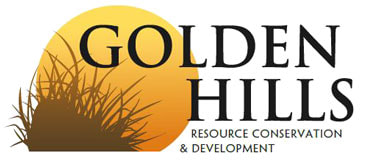
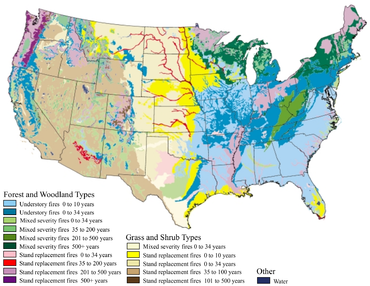

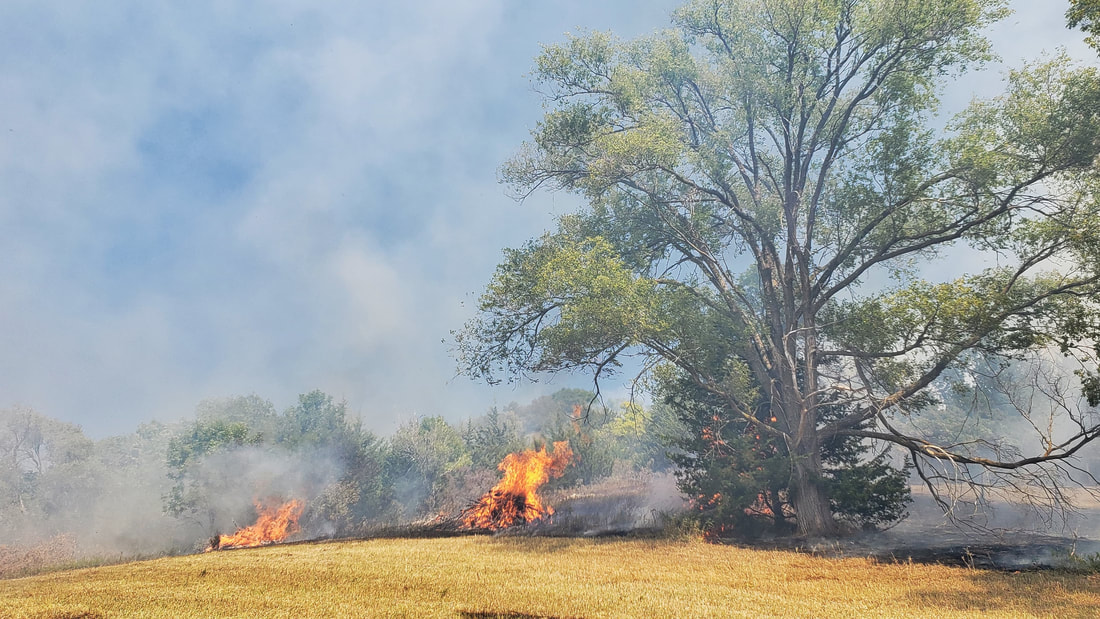


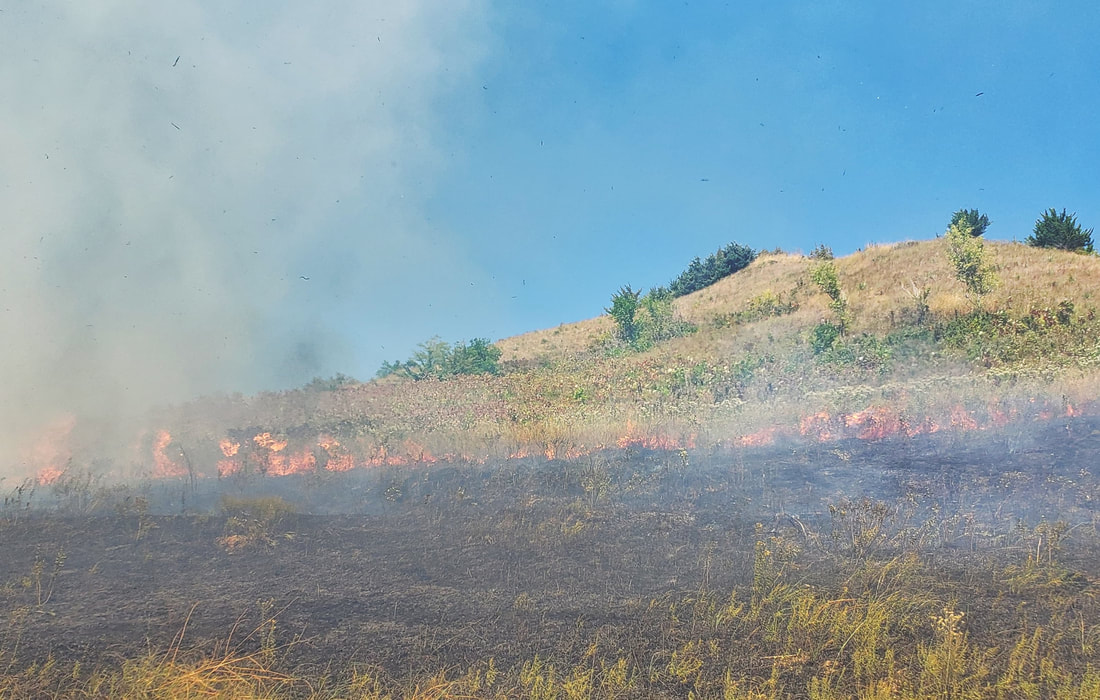







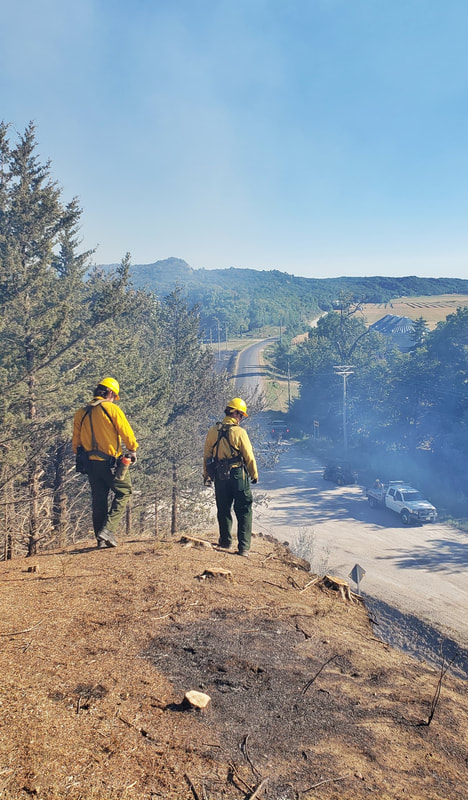

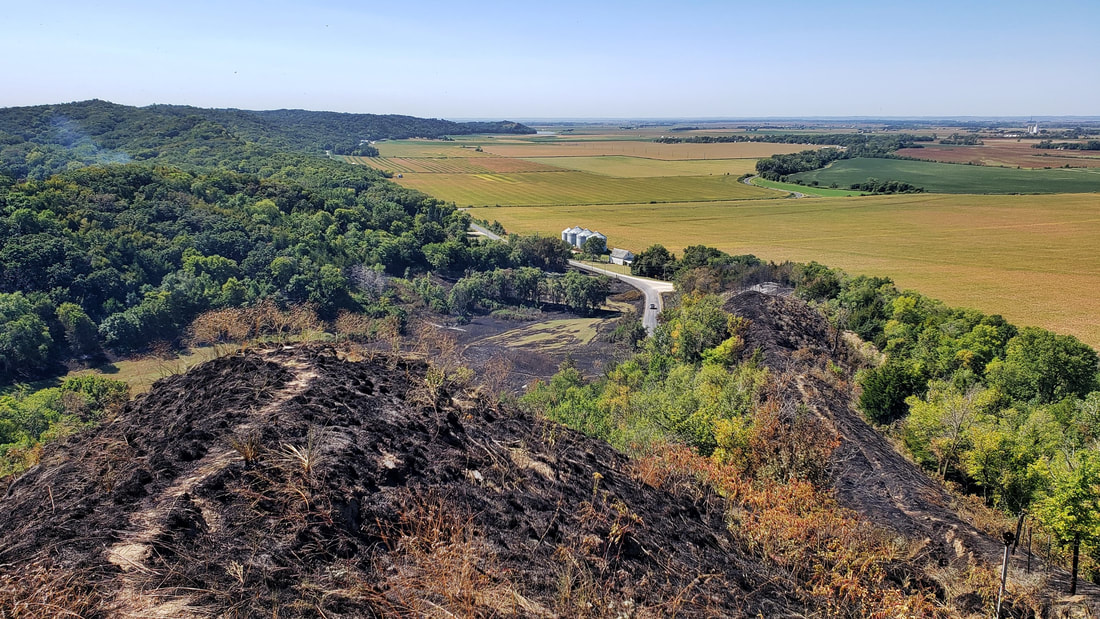



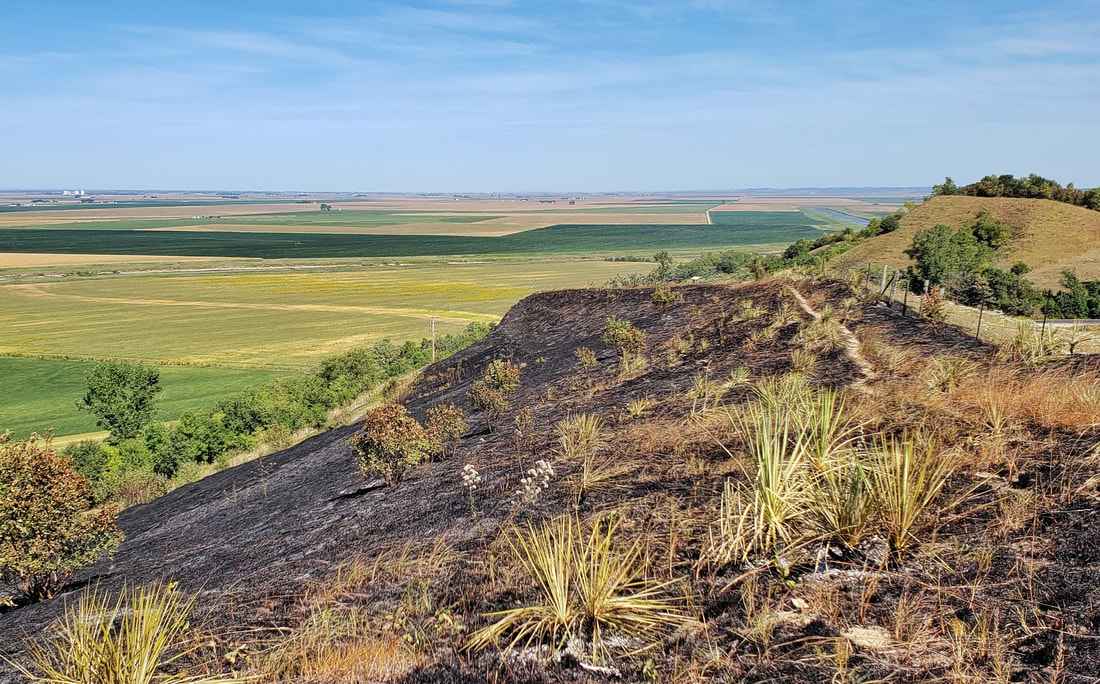

 RSS Feed
RSS Feed